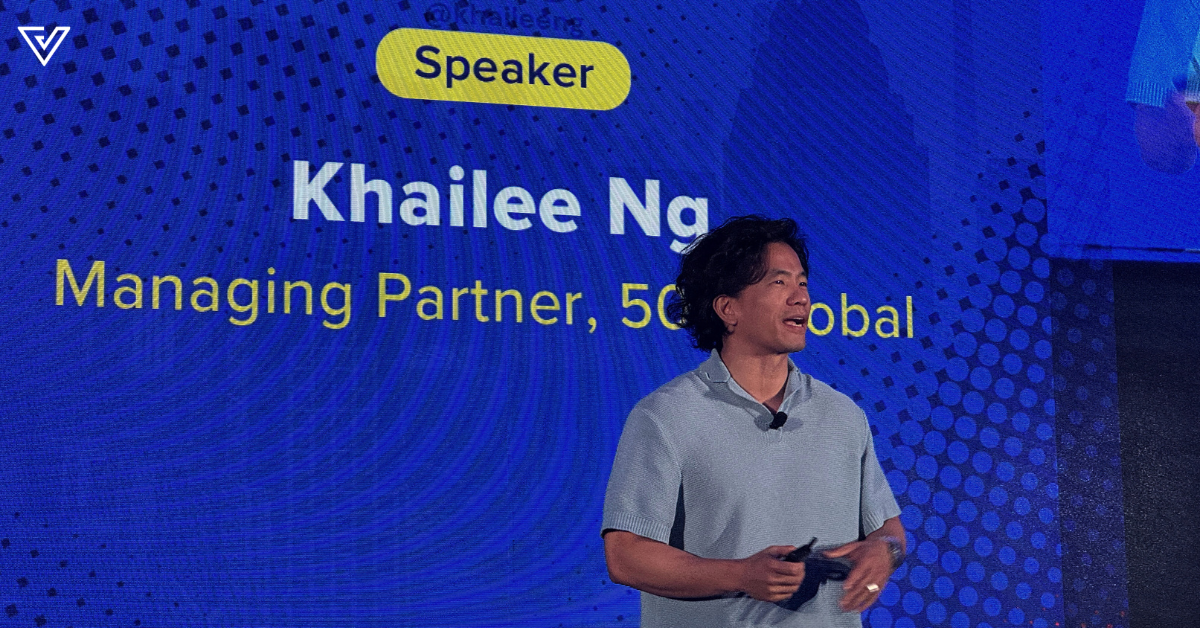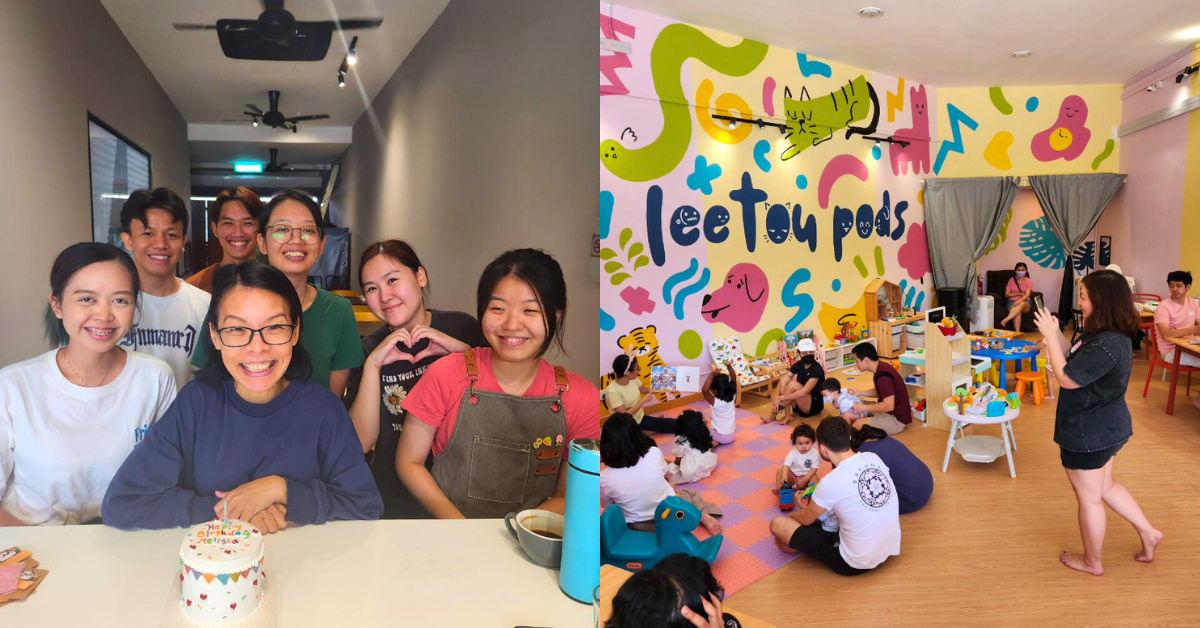[This is a sponsored article with Aruba and Techdata.]
When the pandemic hit, educational institutions were faced with the urgent need to digitalise. From that, we saw the rise of online classes, virtual exams, and even revision apps.
Now that our nation is on the mend, many education hubs may still want to keep elements of their virtual set-up for hybrid learning.
The thing is, our digital learning infrastructure is still imperfect. There are many challenges that local education institutions—from kindergartens to universities—continuously face.
This is the glaring reality observed by Aruba, a Hewlett Packard Enterprise (HPE) company that offers a suite of network solutions. They know that our local institutions still require a lot of help with the infrastructure and technology needed for hybrid learning.
So here are 4 such pain points in education hubs with a large number of students, and Aruba’s solutions to overcome them.
1) Ensuring always-on connectivity for efficient learning
To work and be updated with their courses, tertiary education students are dependent on their devices that require an online connection, and access to a university’s learning management system (LMS).
Tertiary education students will know this struggle well. Wi-Fi is often spotty with the connection being stronger only in certain classrooms or lecture halls, and then almost non-existent outdoors or in larger faculties.
If the Wi-Fi connection breaks while working or while moving around within the university, any unsaved work would instantly be lost.
This is a fairly common occurrence since not every institution has a large IT management team or centralised control to cover all crucial network bases.
The solution:
With Aruba Unified Infrastructure, campuses can benefit from Wi-Fi 6 technology (the latest Wi-Fi network protocol). Its high density capabilities mean that even large classrooms, auditoriums, and outdoor facilities can get a good network.
Meanwhile, its live upgrade capabilities mean that IT teams do not need to schedule maintenance windows (and cause downtime).
With good network connectivity, students do not necessarily have to be in faculty buildings to get their work done. As long as they are travelling within campus grounds, they would still be able to submit their assignments on time.
For example, Athlone Institute of Technology in Ireland uses Aruba to offer roaming access throughout its campus, and can deliver an all-digital student experience without interruptions, from lessons to library access.
2) Supporting countless IoT devices without compromising cybersecurity
Data security is more crucial than ever, especially for personal identifiable information (PII), due to a growing number of devices and new Internet of Things (IoT) initiatives like keyless door entries, security cameras, building automation, etc.
Managing this data and access securely is no easy task, and traditional security solutions create a perimeter from which they detect attacks and malware based on patterns or signatures.
But this model is unsuitable for schools and campuses where there is no perimeter—students and staff frequently move on and off-site, and still require network access everywhere.
The solution:
Aruba’s ESP Zero Trust Security assumes that neither the end point nor the network is secure unless the proper authentication and authorisation is applied.
The ClearPass Device Insight simplifies new device identification and onboarding, while the ClearPass Policy Manager authenticates and authorises network access.
This means that users and devices have restricted access to only the network, IT, and app resources that they have been approved for.
For universities that have a larger student database with confidential information, it would make sense to restrict the data and make it accessible to only certain departments or specific course lecturers.
This is to prevent staff or other students from taking advantage of the database for personal use outside of the university.
Over in the Netherlands, Utrecht University has utilised these solutions to provide secured network access for its 35,000 students and 7,400 staff, with different rights given to students, visitors, and research teams.
3) Keeping students comfortable for conducive studying
Beyond courses, education hubs who hope to compete for enrolment numbers must be able to offer great student experiences, both in the physical and digital realm.
Part of keeping students comfortable also lies in an institution’s ability to provide location-based services that will help them find their way around campus, including self-guided campus tours, mobile panic buttons, personalised notifications, and student engagement initiatives.
An example of where these would come in handy is at Universiti Putra Malaysia, which boasts over 1,000 hectares of land.
Being one of the very few local universities with their own Olympic-sized swimming pool, 18-hole golf course, archery range, and equestrian centre, a smart navigation system would benefit students when travelling around campus, especially newer ones.

These aspects add up to a student’s overall happiness at the campus and can affect the conduciveness of their studies.
The solution:
To ensure that all of these can be accomplished, Aruba’s AIOps aids universities in monitoring and managing the user experience of network performance.
It uses AI to spot and fix problems before they impact the end user, and makes specific recommendations to an IT team for performance improvement.
For example, if a campus realises that the network connectivity at its dorms is weak but isn’t sure why when it’s operational in every other way, it can log in to Aruba Central and check its AI Insights dashboard.
From there, it can see where the probe requests are coming from, and if a majority of requests are from outside the dorms (like passersby or visitors), it can configure parameters to authorise only legitimate requests (such as registered student devices).
4) Staying within a budget when implementing new tech
Innovative technologies don’t come cheap, especially for tertiary education centres like universities that need high-performance and secure networks.
It isn’t just the costs of such networks and devices that put a strain on a university, but there’s also the cost of an efficient IT team to consider.
Therefore, many institutions opt to outsource their IT operations in order to lessen their total cost of ownership (TCO).
The solution:
This is where HPE GreenLake for Aruba and HPE Financial Services come in to provide network-as-a-service (NaaS) solutions and flexible financing, respectively.
They tackle several things such as:
- Immediate cost reductions through the sale and leaseback of equipment;
- Retaining the value of equipment and limiting waste by introducing them back into the lifecycle;
- Freeing up IT staff by leaving things to the experts of NaaS and intelligent operations;
- Lowering the risk of network breaches with trained resources that always keep systems updated.
-//-
Before our local universities can confidently carry out effective digital learning, these are the areas they must address.
Moving forward, it is no longer about having designated tech-enabled (or smart) classrooms. Instead, those tech and smart systems should be extended throughout the entire campus for inclusive and seamless learning.
- Learn more about Aruba’s solutions here.
- You can also get Aruba’s solutions through Techdata Systems Sdn Bhd, one of Aruba’s official distributors here.
- Read more edutech content here.
Featured Image Credit: Aruba









